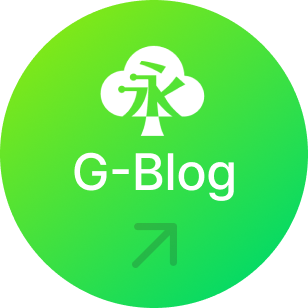Innovation through AI: A New Beginning for Enhancing Work Productivity

Wan Seok Yoon, Global Marketing Content Manager
“The brain exists to create programs that make it easier for organisms to adapt and live in their environment. When a goal is achieved, the brain ceases its activity, leading to a slowdown in brain activation. People decline gradually if they do not constantly create new goals and challenges. To avoid such misfortune, once a goal is achieved, it is essential to immediately set a new goal and input a new program into the brain.”
-From Kazuo Murakami’s “DNA of Success and Failure”
With the introduction of OpenAI’s ChatGPT to the world, there has been growing consideration on how to make work more efficient and productive through the use of AI. Utilizing AI has become a new objective for enhancing work productivity.
The translation team at YoungLimWon Soft-Lab’s Quality Innovation Unit, with assistance from the Base Technology Research Institute, has begun a new innovation in translation work. By using AI, they aim to solve the difficulties of existing translation tasks, increase productivity, and allow translators to devote more time to review, thereby improving the overall quality of translations.
YoungLimWon Soft-Lab ERP offers multiple languages, including Korean and English as basics, along with Japanese, Chinese, Vietnamese, and Indonesian.
The conventional translation process followed these steps:
- Extracting documents and words for translation
- Searching for business terms, column names, control names, and screen names in the ERP dictionary
- Modifying words
- Conducting primary translation and first review in Google Translate
- Secondary review in ChatGPT
The translation work faced several difficulties:
- Repetitive searches
- Copy & paste
- Maintaining document templates
- Ensuring terminology consistency and selecting the correct terms for specific situations
- Insufficient staff
- Limited time for review, etc

In response to these challenges and requirements, the AI team at the Base Technology Research Institute developed the first Beta version in January.
With the developed automatic translation tool, translators can select the file to be translated, specify the output path, and choose the language of the file. Then, by selecting the language to translate into, the first draft of the translation is completed. GPT is used for translating manual sentences, where prompts are set. Attention is only needed to specify the source and target languages, and with a click, automatic translation is completed. During this process, the translator can monitor the overall and detailed progress and check logs. The only remaining task is to verify the translation quality and conduct the review.
Although it’s still a Beta version, improvements to the automated translation tool are expected to be applied soon. Once completed, the repetitive translation tasks can expect a dramatic increase in productivity, including:
- Saving translation time: from 120 minutes per document to 2 minutes
- Improving translation quality and consistency
- Supporting various languages such as English, Japanese, Indonesian, Vietnamese, and Chinese
- Enabling simultaneous work on multiple documents
- Ensuring high-quality manual work by securing more time for translation review through automated translation tasks
- By using this automated translation tool, YoungLimWon Soft-Lab will be able to provide its customers with multilingual manuals that satisfy both quality and quantity
- Furthermore, it is planned to be connected to chatbot in the future, allowing real-time customer service
Perhaps, to avoid falling behind due to AI, we need to reset our goals on how to utilize AI effectively. How are you applying AI in your work? Is AI definitely on your side, or is it something to be wary of? The judgment may depend on how you utilize AI.




